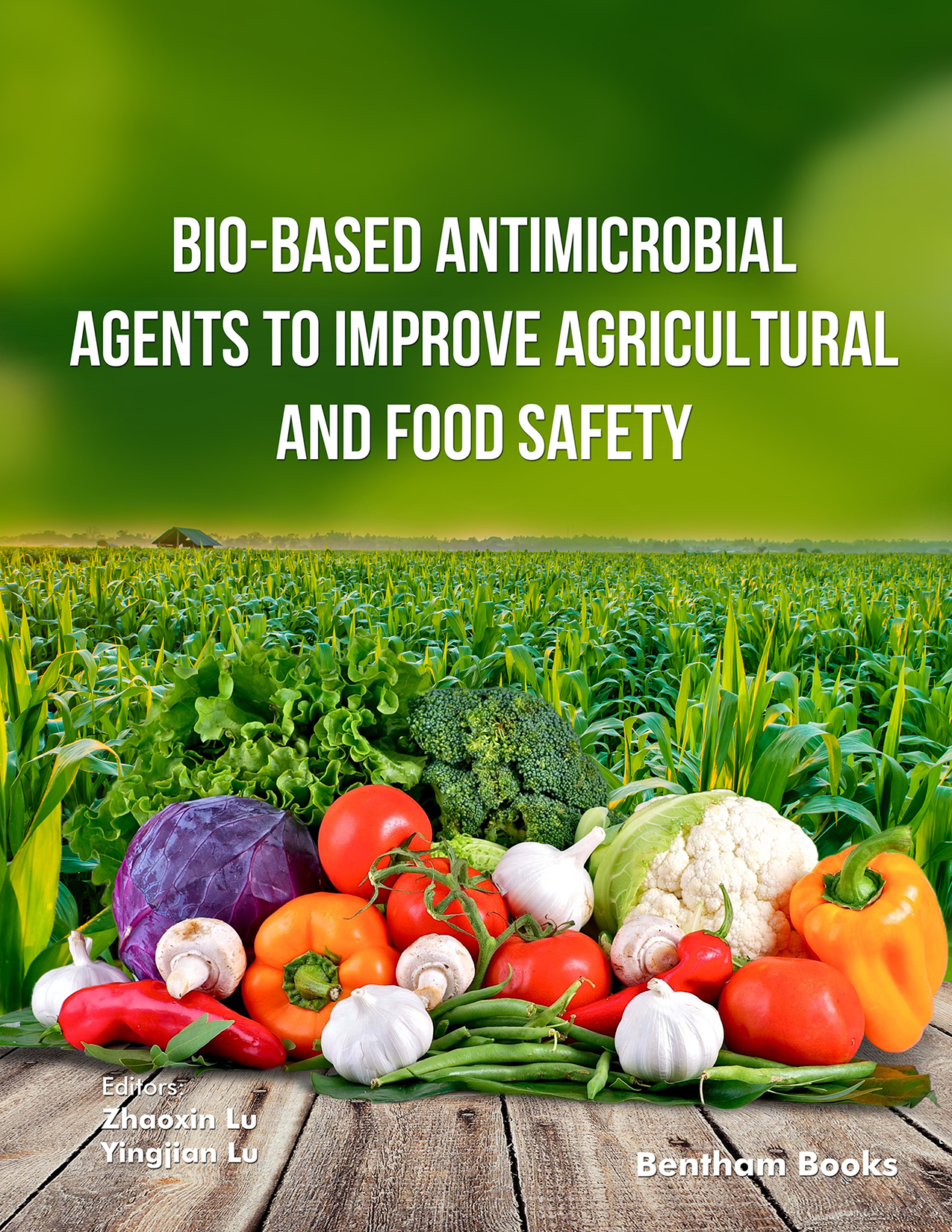Preface
Food safety includes many approaches, starting from crop plantation, animal feeding, and food processing to storage, which involve microbial contamination control, quality assurance, and preservation. However, the microbiological risks in food are still one of the main sources of foodborne illnesses. In addition, the greatest losses in the food industry are attributed to microbial contamination, which dramatically affects the shelf life of food. Meanwhile, many plant pathogens influence the production of crops. Specifically, pathogenic fungi as one of the major production constraints, not only reduce crop production but also produce mycotoxins.
Nowadays, lasting exposure to chemical preservatives and pesticide residues in plants and food results in serious health impacts that are becoming global concerns. Therefore, modern safety and preservation tools, especially natural bio-safe ways, are being investigated to reduce food contamination and spoilage and to extend the shelf-life of food. This public perception has generated heightened interest in “biopreservation and biocontrol” in terms of the use of biologically producing compounds that possess a broad spectrum of antimicrobial activities as natural preservatives. Recently, the discovery and application of new bio-based antimicrobial agents have been focused on by many researchers, healthcare professionals, farmers, and agricultural companies to satisfy the consumers’ demand for agricultural quality and food safety.
The book titled “Bio-Based Antimicrobial Agents to Improve Agricultural and Food Safety” aims to bring together the most recent progress in the development and application of novel antimicrobial agents, such as lipopeptides (surfactin, fengycin, bacillomyci, and brevibacillin) from Bacillus, bacteriocins from lactic acid bacteria and others. Biopreservation and biocontrol by the new antimicrobial agent are introduced, and new biopreservation tools to improve agricultural production and food safety are discussed in this volume. This book is mainly fruitful for biotechnologists, microbiologists, food scientists, food industrial companies, and also any reader interested in recent progress in the field of new preservatives and biopreservation methods. Our volume contains eight chapters prepared by outstanding authors from China, the USA, and the UK.
Zhaoxin Lu
College of Food Science and Technology
Nanjing Agricultural University
Nanjing, China
&
Yingjian Lu
College of Food Science & Engineering
Nanjing University of Finance & Economics
Nanjing, China

